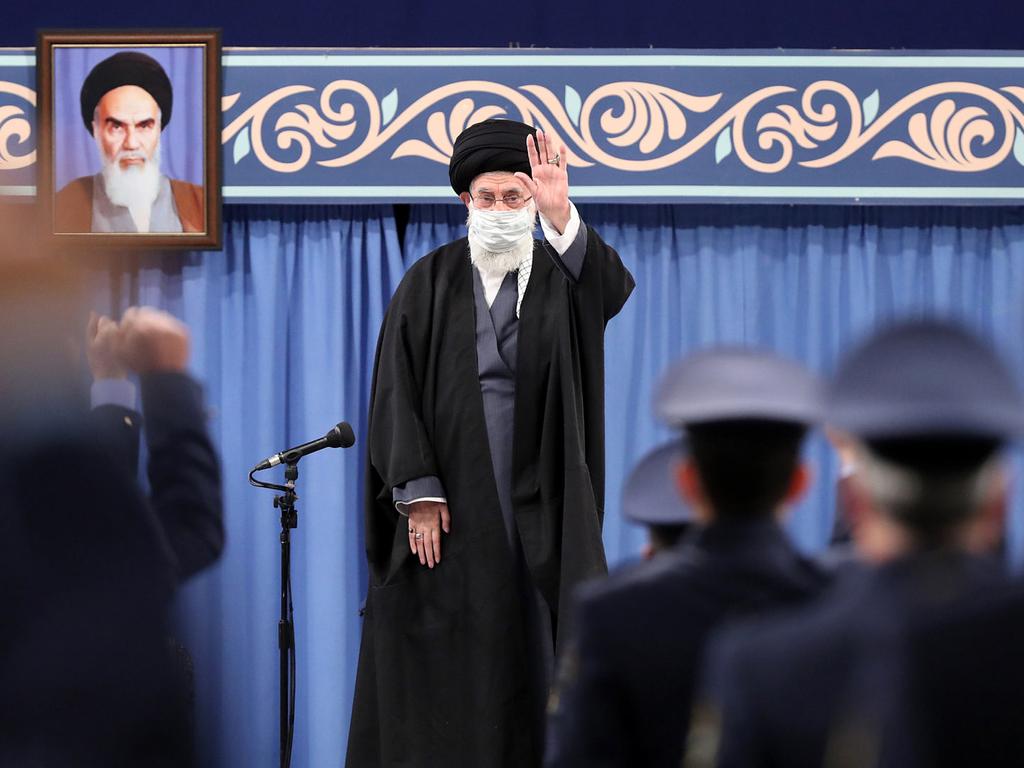President Raisi’s death sets in motion Iran power struggle

It is strange, to say the least, that such senior figures were placed in the same helicopter, charting a course over rugged terrain and through such inclement weather. But the incident is unlikely to impact the Islamic Republic’s wider system of governance; the strategic direction of the country is set by Supreme Leader Ayatollah Ali Khamenei.
While the loss of President Ebrahim Raisi and Foreign Minister Hossein Amir-Abdollahian will disrupt the affairs of state, there are normal constitutional mechanisms in place to deal with the President’s death. The First Vice-President will assume the presidency until new elections are held within 50 days, and a new foreign minister will be duly appointed.
The prospect of finding a new presidential candidate will prove more difficult, giving rise to an intense period of factional infighting. But the bigger issue at stake is what this means for the succession to the position of supreme leader.

Ayatollah Khamenei is 85 years old and the question of who will replace him is pivotal to the future of Iran. Raisi had been touted as a leading candidate to replace Khamenei, as has Khamenei’s son, Mojtaba.
Succession is not like a presidential race; the public has no say in the matter. Constitutionally, the successor is chosen by the Assembly of Experts, which represents the so-called “centre” of the regime and the broader desire to maintain the status quo. The centre – those who stand to benefit politically and economically from the maintenance of the Islamic Republic as a theocracy – are increasingly at odds with the public at large.
As the subject of succession becomes a more dominant concern for the regime, Iran’s presidential and parliamentary elections have become more restrictive. The background and number of candidates available for selection have been drastically reduced to ensure conservative elements triumph. This has led to an enormous decline in voter participation.
In June 2021, Raisi was elected with the lowest electoral turnout on record, with fewer than half of all voters turning out for the first time in the Islamic Republic’s history. The March 2024 parliamentary elections saw just over 40 per cent of voters turn up, while the run-off elections in Tehran saw fewer than 10 per cent of voters cast a ballot. In its current state, the political system has become almost entirely disconnected from the people.
Following Raisi’s death the competition will be focused on an intra-conservative struggle, in which warring factions will seek to strengthen their hand in any possible post-Khamenei Islamic Republic. Crucially, they will require the support of the powerful Islamic Revolutionary Guards Corps, which has emerged as an increasingly influential force in the economic and security apparatus of the Islamic Republic.

It would be wrong to assume the field is now clear for Mojtaba to become the designated successor. In a system as immature as Iran’s revolutionary theocratic government, there are obvious dangers to allowing a hereditary succession to emerge when juristic credentials should be one of the prime qualifications.
Having overthrown the Shah’s regime in February 1979, replacing it with a theocratic version of the same model will carry with it unforeseen risks, especially among a public that appears increasingly sceptical about the legitimacy of its government.
Iran’s internal politics have always been opaque; predicting the successor to the Supreme Leader is fraught with difficulties. The death of Raisi has removed one of the potential candidates for supreme leader, but this hasn’t necessarily made the path to succession any clearer.
Rodger Shanahan is a Middle East analyst and former army officer.
More Coverage
 It is strange, to say the least, that such senior figures were placed in the same helicopter, charting a course over rugged terrain and through such inclement weather.
It is strange, to say the least, that such senior figures were placed in the same helicopter, charting a course over rugged terrain and through such inclement weather.




The death of the Iranian President and Foreign Minister in a helicopter crash in the country’s northwest region appears to be an accident, though conspiracy theories will no doubt swirl in the coming days.